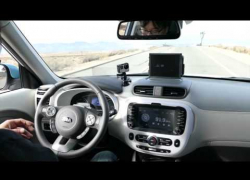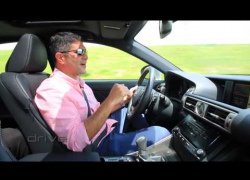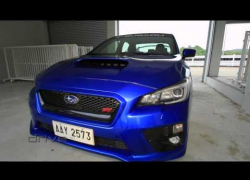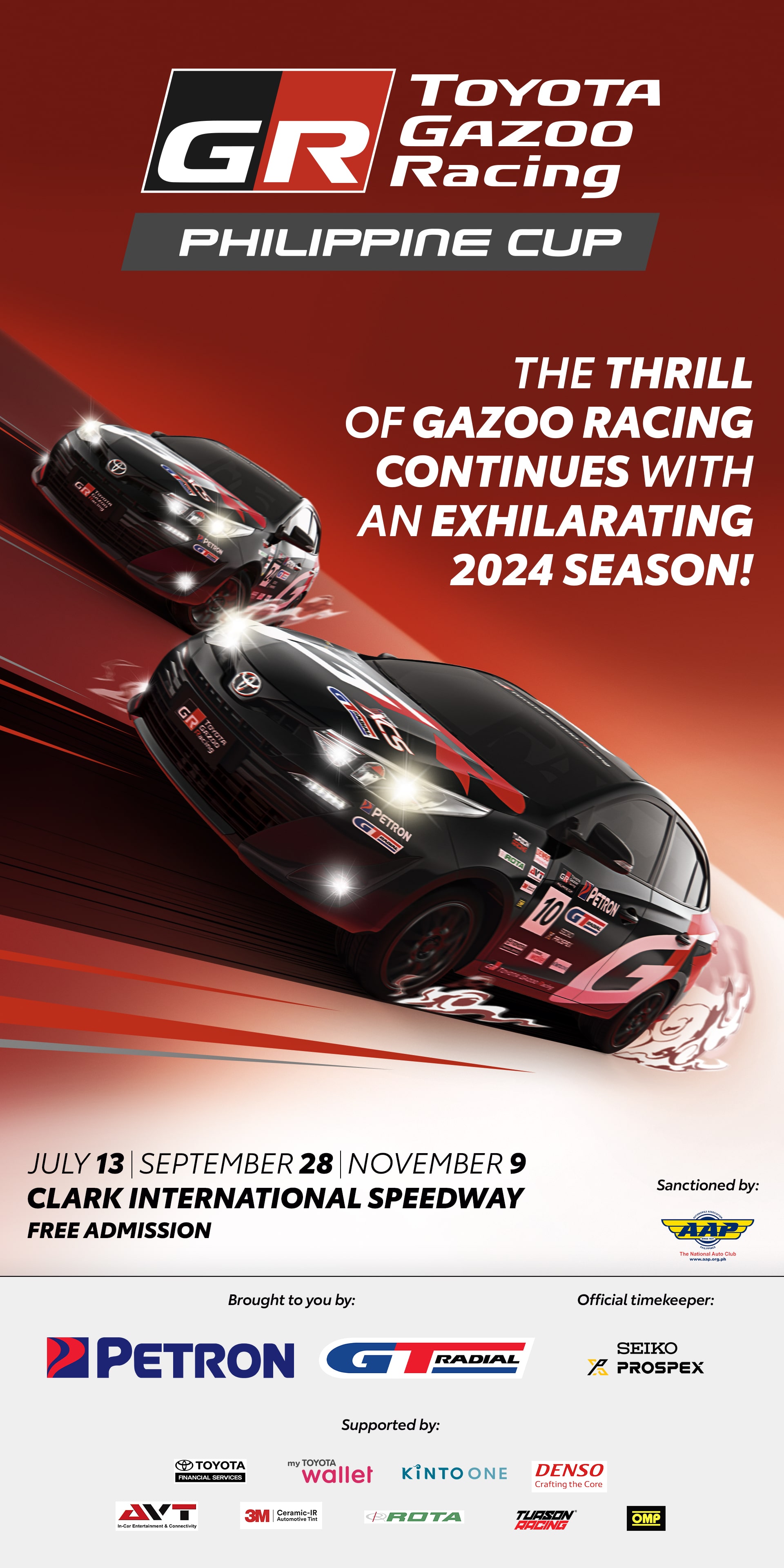21 kms a liter. Yeah, right. Heard that before, and it ranks up there with the “lose 10 pounds in a week without giving up your favorite foods!“ ads on those dodgy websites.
So as much as I respect Mitsubishi and trust their claims, I decided to put it to the test and pick up a CVT Mitsubishi Mirage to drive up to Baguio with a goal of making it in on just 15 liters of fuel. Anything more than that, and I promised myself I“d walk the rest of the way.
Now, considering Baguio is 267 kms away from me, that would mean I would need to average 17.8 kilometers per liter (Km/l). A tall order, sure, but still short of Mitsubishi's claim of 21.
But in fairness, Mitsubishi only claim “up to 21“, which is not only totally achievable, but actually quite conservative on straight runs; in fact, one of my colleagues achieved an amazing 28 km/l from Shell Tabang on the NLEX to Urdaneta in a manual version of the G4 Mirage. So fair enough.
But what I was looking for here was an average figure of 17.8 km/l without a prize up for grabs. Just an honest to goodness, realistic drive.
Sounds easy enough when you consider the Mirage's highway consumption, but the question is how would the tiny little 1.2 liter, 3 cylinder engine cope with those killer climbs on Kennon road or those frequent Hail Mary overtaking manoeuvres on the trucks and busses on Macarthur Highway? Also, I wanted to keep this test realistic and cruise at a 100 km/h not the minimum speed of 60 km/h which puts me far from the the engine' s sweet spot when it comes to fuel mileage.
So to be able to do this properly, I needed to understand how the engine performed first; so I did a little research in a previous Mirage test drive to get some data and I went up and down the NLEX, cruising at various speeds for at least five km stretches per speed on the flattest portions of the highway. The results were interesting.
- At 80 km/h I would get 22.36 km/l
- At 90 km/h I would get 21.25 km/l
- At 100 km/h I would get 20.2 km/l
- At 110 km/h I would get 18.2 km/l
- At 120 km/h I would get 15.1 km/l
For legal reasons I won't go past 120, but you can see how the figure deteriorates as the engine needs to work harder past 100; so with that in mind, I stayed at 100 km/h with obvious drops to 70, 80 etc when you come behind the left lane hoggers and arrived at Urdaneta from Manila with an average of 19.4 km/l before that dreaded climb up to Baguio.
Check out the updated list Philippines search for the most economical car.






